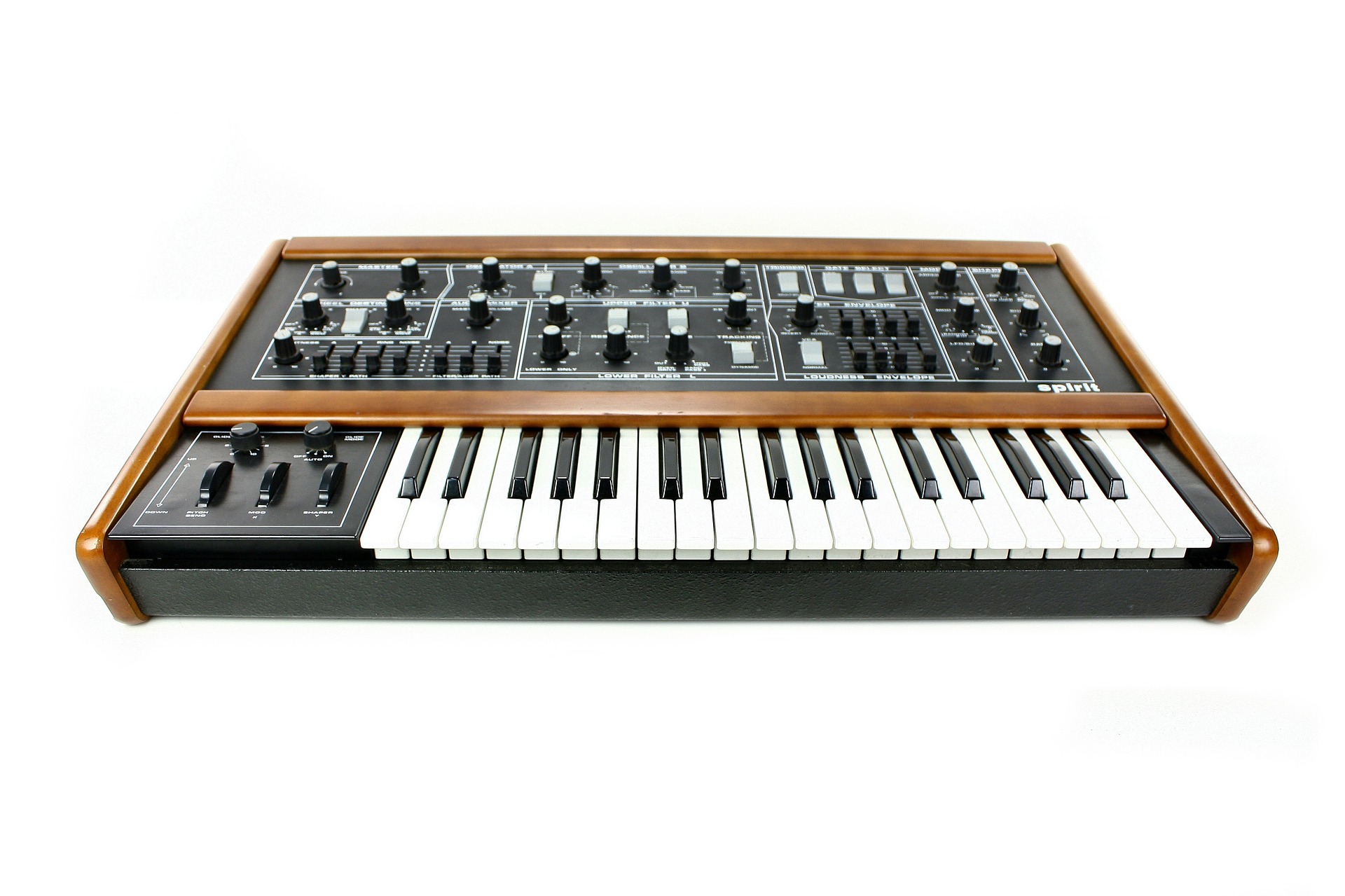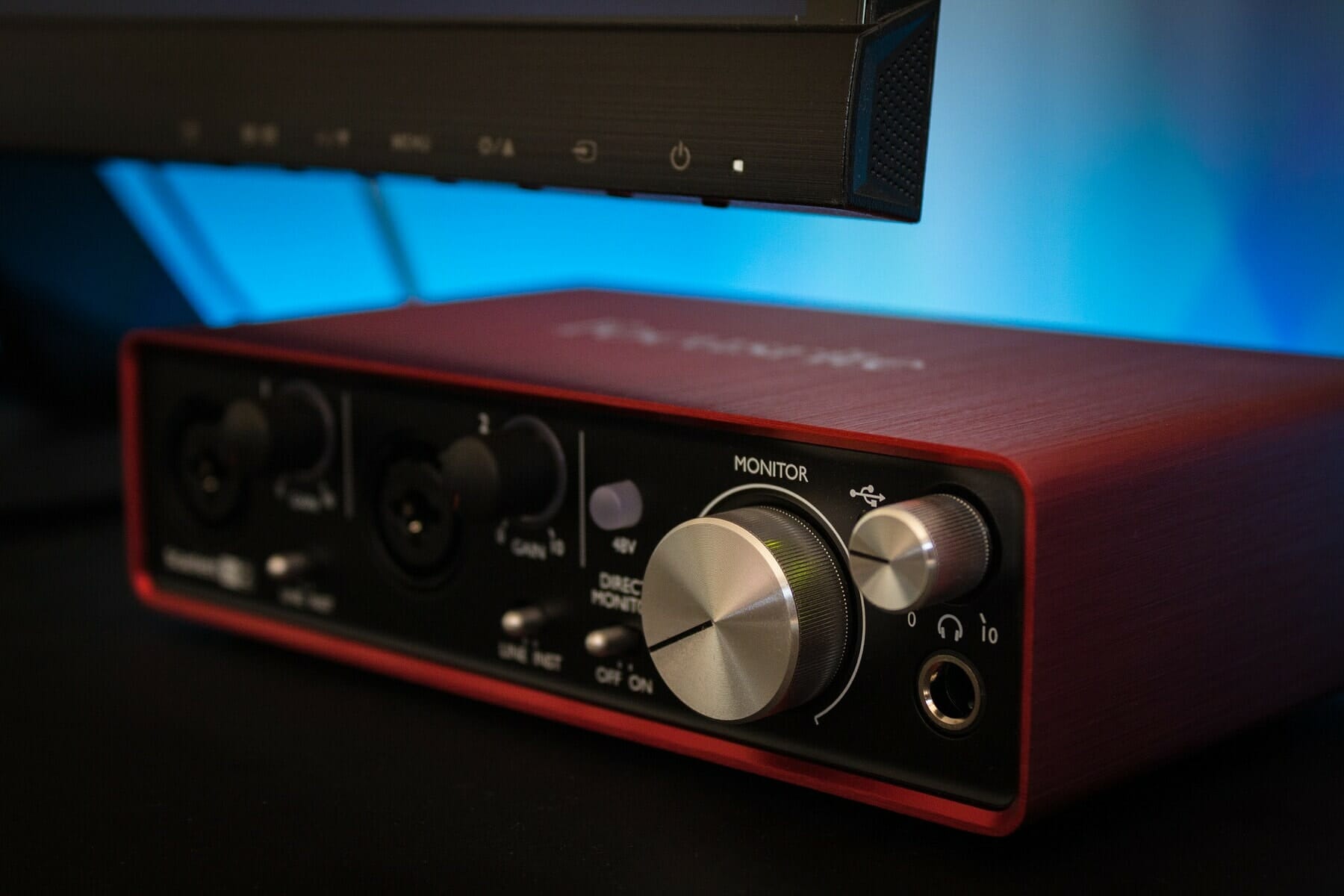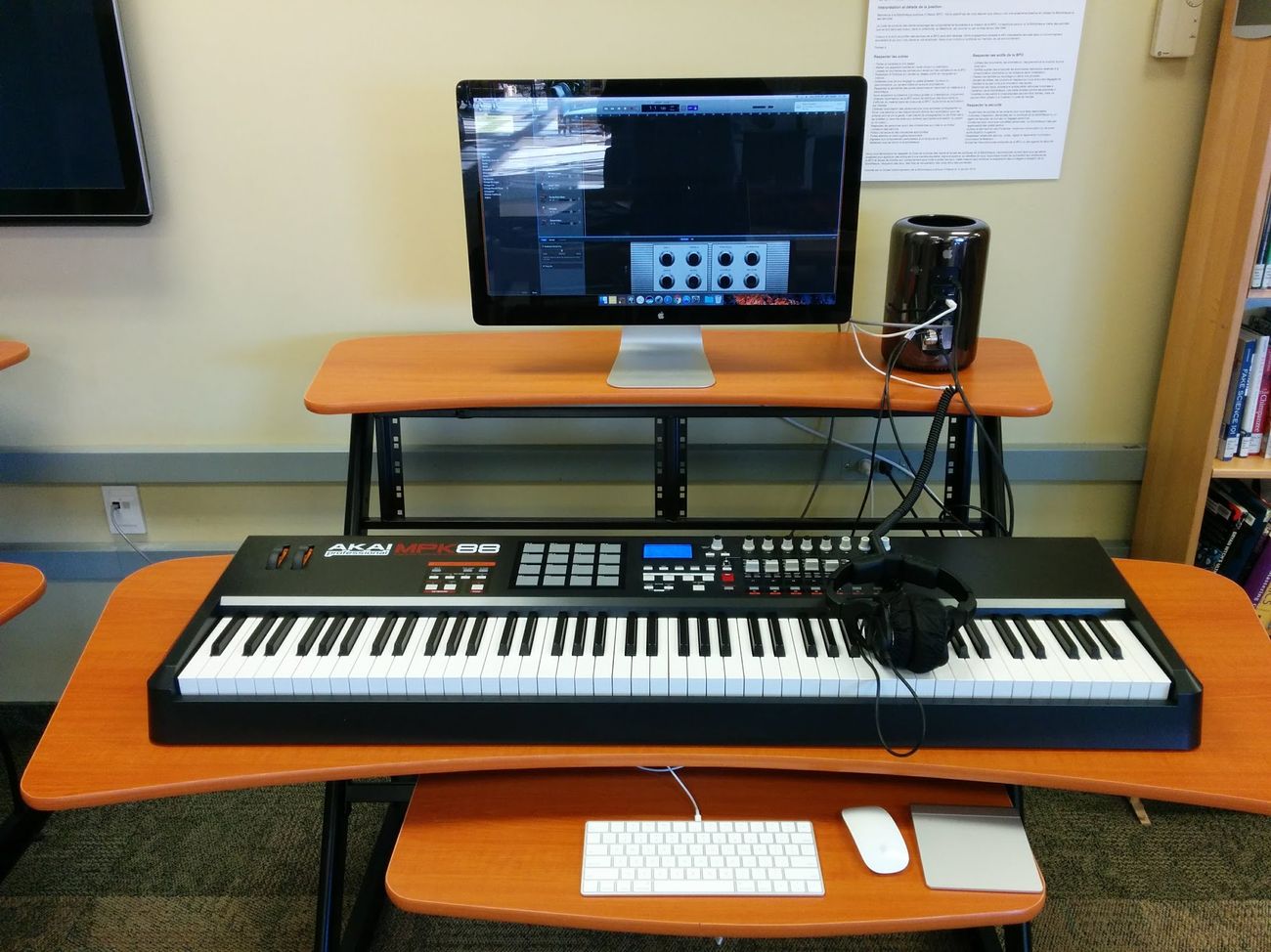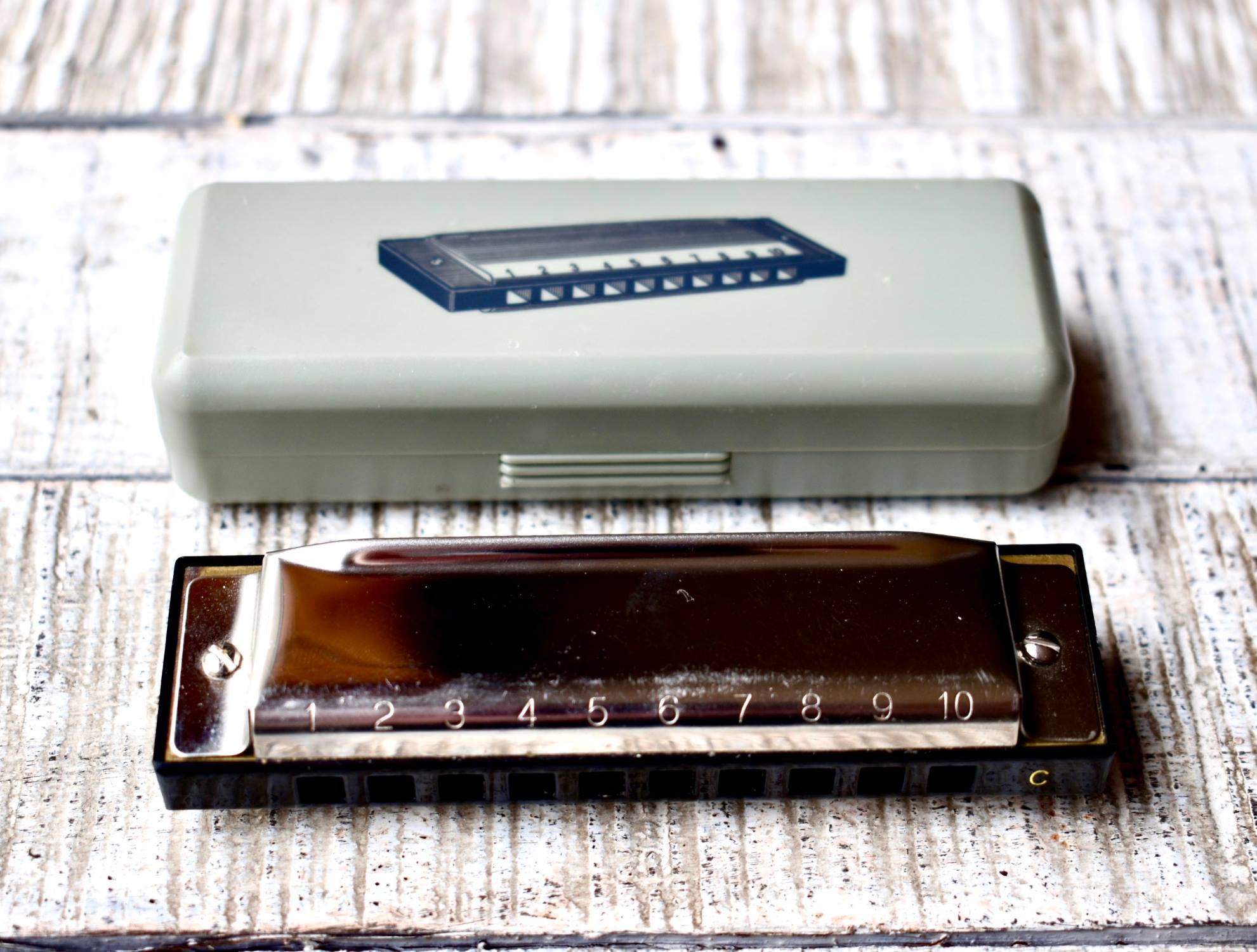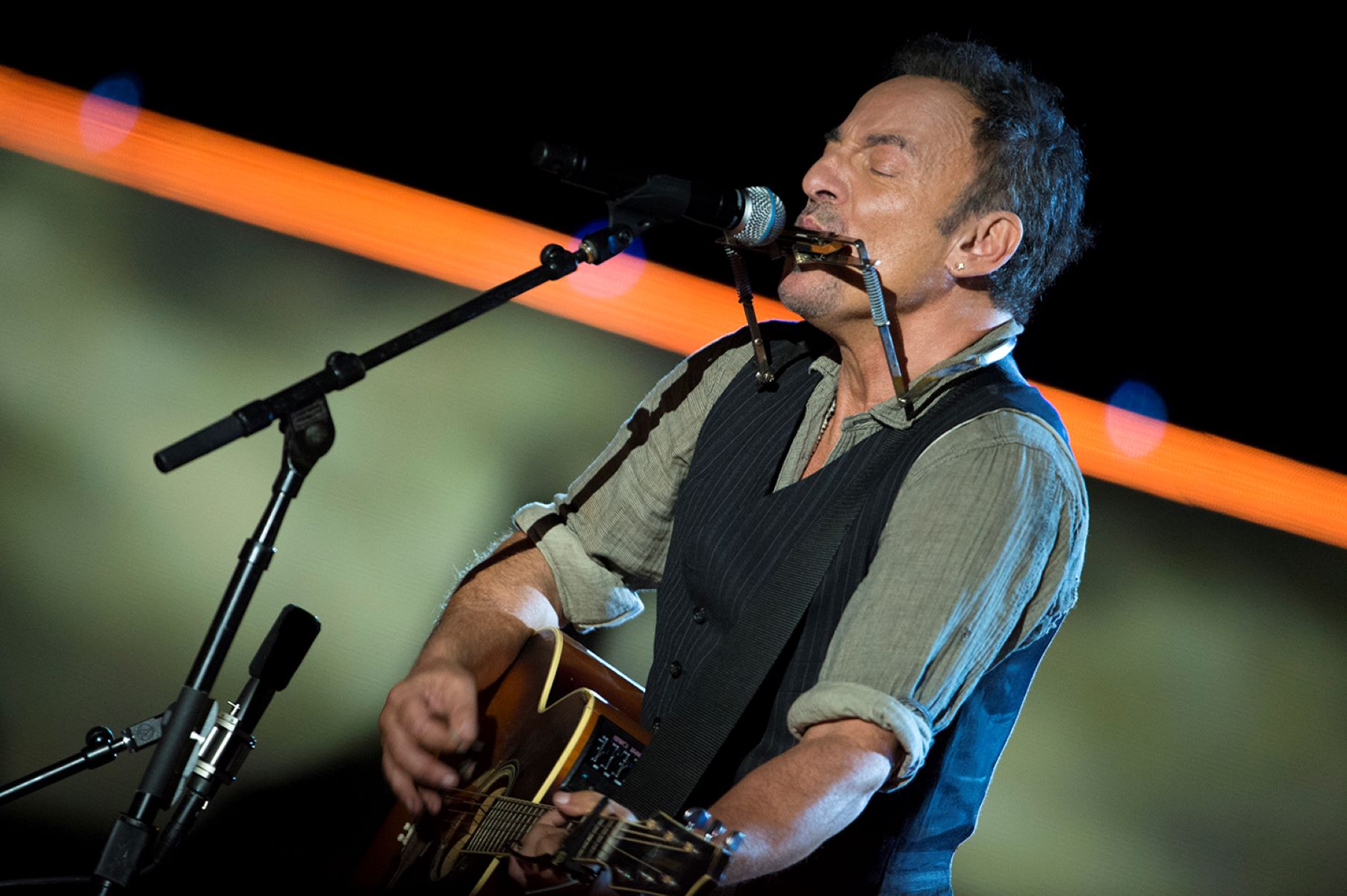Home>Instruments>Harmonica>What Is A Good Harmonica
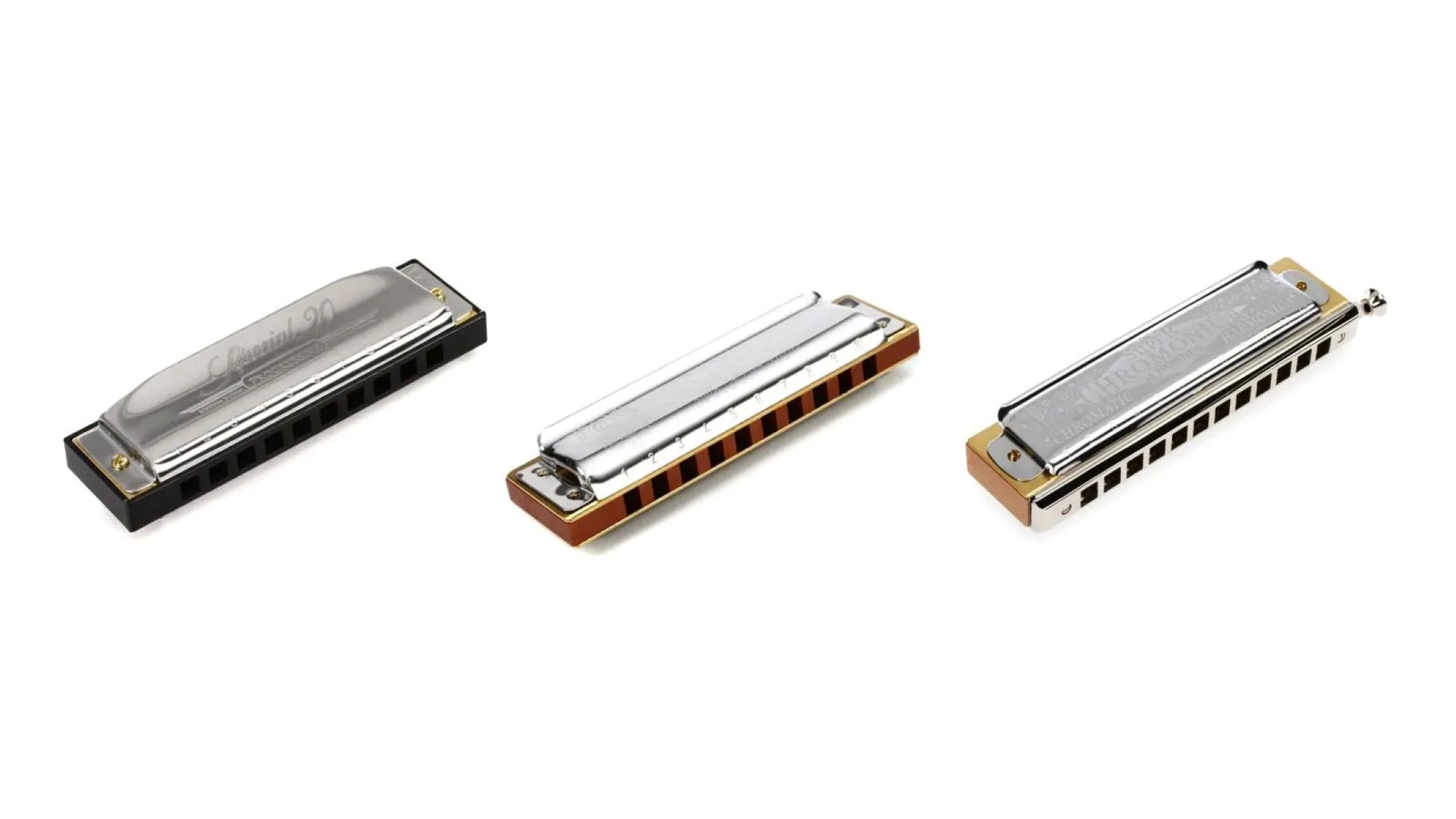

Harmonica
What Is A Good Harmonica
Modified: February 3, 2024
Discover what makes a harmonica good in terms of sound quality, durability, and playability. Explore the key factors to consider when choosing the perfect harmonica for your musical needs.
(Many of the links in this article redirect to a specific reviewed product. Your purchase of these products through affiliate links helps to generate commission for AudioLover.com, at no extra cost. Learn more)
Table of Contents
Introduction
The harmonica, also known as the mouth organ or harp, is a small wind instrument that has captured the hearts of music enthusiasts around the world. Its distinctive sound and portability make it a popular instrument in various genres, ranging from blues and folk to rock and country.
With its origins dating back to the early 19th century, the harmonica has a rich history and has been a staple in many musical traditions. It is played by blowing and drawing air through reeds in the instrument, producing sound vibrations that resonate within its chambers.
Throughout the years, the harmonica has gained recognition for its ability to create soulful melodies and powerful improvisations. It has been played by legendary musicians like Bob Dylan, Little Walter, and Stevie Wonder, who have showcased the instrument’s versatility and expressive capabilities.
In this article, we will explore the fascinating world of harmonicas, diving into their history, components, types, playing techniques, and maintenance. Whether you are a beginner looking to learn more about the instrument or an experienced player seeking to deepen your knowledge, this article will serve as a comprehensive guide to the captivating world of the harmonica.
So, grab your harmonica, take a deep breath, and let’s embark on a journey into the enchanting realm of this beloved musical instrument.
Brief History of the Harmonica
The history of the harmonica dates back to the early 19th century, with its origins rooted in Europe. It was initially inspired by the Chinese sheng, a mouth-blown free-reed instrument. The harmonica, as we know it today, was developed by several inventors who sought to create a portable and versatile instrument that could be played by blowing and drawing air through reeds.
One of the earliest pioneers in harmonica development was Christian Friedrich Ludwig Buschmann, a German instrument maker. In 1821, he patented a harmonica-like instrument called the “Aura,” which had a pitch range of two octaves and featured metal reeds. However, it was German clockmaker Matthias Hohner who would popularize and revolutionize the instrument.
In 1857, Matthias Hohner founded his harmonica company, Hohner, which quickly gained recognition for producing high-quality instruments. Hohner’s commitment to innovation and craftsmanship played a significant role in the harmonica’s evolution. He introduced various improvements, such as the use of wooden combs for better tonal quality and the development of chromatic harmonicas, expanding the instrument’s musical possibilities.
The harmonica gained popularity worldwide during the 20th century, particularly in the United States. It became an integral part of blues music, with influential blues musicians like Sonny Boy Williamson and Little Walter showcasing the instrument’s expressive capabilities and virtuosity. The harmonica’s soulful sound resonated with audiences, and it began to be embraced in other genres like folk, country, and rock.
Over the years, harmonica technology continued to advance. Manufacturers introduced new designs, such as the diatonic harmonica, which is most commonly used in blues and folk music, and the chromatic harmonica, which allows players to play all 12 notes of the Western scale. These advancements further solidified the harmonica’s prominence in the music world.
Today, the harmonica remains a beloved instrument played by millions of people worldwide. Its accessibility, portability, and distinctive sound make it a favorite among musicians of all levels, from beginners to seasoned professionals. It continues to captivate audiences and be a crucial component of various musical styles, showcasing the harmonica’s timeless appeal and versatility.
As we delve deeper into the world of the harmonica, let’s explore its components—the building blocks that contribute to its unique sound.
Components of a Harmonica
A harmonica may seem like a simple instrument, but it is comprised of several essential components that work together to create its distinctive sound. Understanding these components is crucial for both beginners and experienced players to fully grasp the instrument’s mechanics.
1. Reed Plates: The reed plates are thin metal plates that contain the reeds. These reeds are responsible for producing sound when air is blown or drawn through them. Harmonicas typically have two reed plates—one for blowing (blow reeds) and one for drawing (draw reeds). The reed plates are usually made of brass, stainless steel, or phosphor bronze.
2. Reeds: Each note on the harmonica is produced by a reed. These reeds are thin strips of metal that vibrate when air passes over them, creating sound. Blow reeds are responsible for producing notes when the player blows air into the harmonica, whereas draw reeds produce notes when the player draws air in. The reeds are secured to the reed plates and can vary in length, thickness, and tension to produce different pitches.
3. Comb: The comb, also known as the body or the mouthpiece, is the main body of the harmonica. Traditionally, the comb was made of wood, but modern harmonicas often feature combs made from materials like plastic or metal. The comb holds the reed plates in place and provides a stable platform for the player to manipulate the airflow. It also features air channels or chambers that direct the airflow to the individual reeds.
4. Cover Plates: The cover plates are typically made of metal or plastic and are attached to the top and bottom of the harmonica. They protect the reed plates and provide a sealing effect that helps to control the airflow. The cover plates also have small openings called holes, allowing the player to blow or draw air into the harmonica to produce different notes.
5. Mouthpiece: The mouthpiece is the opening at the front of the harmonica where the player blows or draws air. It is positioned between the cover plates and allows the player’s breath to pass over the reeds, creating sound vibrations. The size and shape of the mouthpiece can affect the tone and playability of the harmonica.
6. Screws and Nails: Screws and nails are used to secure the reed plates and cover plates to the comb. These small metal fasteners ensure that the harmonica remains assembled and stable during play. They also allow for easy disassembly and reassembly for cleaning or repair purposes.
Understanding the components of a harmonica is essential when it comes to maintenance, customization, and overall playing experience. Whether you’re a beginner wanting to learn the basics or an advanced player looking to explore modification options, having a thorough understanding of these components will deepen your connection with the instrument and enhance your overall playing journey.
Now that we’ve explored the components of a harmonica, let’s delve into the various types of harmonicas available and how to choose the right one for your playing style and musical preferences.
Types of Harmonicas
The harmonica comes in various types, each designed to cater to different musical styles and techniques. Understanding the different types of harmonicas will help you choose the right instrument for your desired playing style and musical preferences.
1. Diatonic Harmonica: The diatonic harmonica, also known as the blues harp, is one of the most popular types of harmonicas. It is commonly used in blues, folk, and rock music. Diatonic harmonicas are designed to play in a specific key and have a limited range of notes. They typically consist of 10 holes and are available in different keys such as C, D, G, and A. The diatonic harmonica is a great choice for beginners as it is relatively easy to learn and play.
2. Chromatic Harmonica: The chromatic harmonica is a versatile instrument that allows players to play all 12 notes of the Western scale. It features a sliding button on the side that, when pressed, redirects the airflow through alternative reed chambers, producing the sharps and flats. It is commonly used in jazz, classical, and pop music and offers a wide range of musical possibilities. The chromatic harmonica is more complex than the diatonic harmonica and requires some practice to master its capabilities.
3. Tremolo Harmonica: The tremolo harmonica, also known as the double-reed harmonica, produces a distinctive vibrato effect by using two reeds per note. The two reeds are tuned slightly differently, creating a unique wavering sound. Tremolo harmonicas are commonly used in traditional folk music and can add a haunting and ethereal quality to the music.
4. Octave Harmonica: The octave harmonica is similar to the tremolo harmonica in terms of having double reeds per note. However, unlike the tremolo harmonica, the reeds in the octave harmonica are tuned exactly one octave apart, resulting in a richer and more full-bodied sound. Octave harmonicas are often utilized in country music and can create a vibrant and lively effect.
5. Bass Harmonica: The bass harmonica is a large-sized harmonica that produces deep, low-pitched notes. It is commonly used in jazz and orchestral music to add a rich and resonant bass line to the composition. Bass harmonicas can have a range of up to four octaves and are played using a technique called “tongue blocking.”
6. Specialty Harmonicas: Apart from the aforementioned types, there are also specialty harmonicas designed for specific purposes. These include harmonicas with fewer holes, such as the 12-hole Marine Band harmonica, which provides a deeper and more expressive tone, and the mini harmonicas, which are compact and convenient for travel or as a backup instrument.
Choosing the right type of harmonica depends on your musical preferences, playing style, and the genre of music you intend to play. If you’re a beginner, starting with a diatonic harmonica is a great way to get acquainted with the instrument. As you progress, you can explore other types of harmonicas to broaden your musical horizons and experiment with different sounds and techniques.
Now that we’ve explored the different types of harmonicas available, let’s move on to the next section: choosing the right harmonica for your needs.
Choosing the Right Harmonica
Choosing the right harmonica is crucial to ensure an enjoyable playing experience and to achieve the desired sound for your music. With various types, key options, and brands available, it’s essential to consider a few factors when selecting a harmonica that suits your needs.
1. Type of Harmonica: Determine the type of harmonica that best fits your musical style and preferences. If you’re interested in playing blues or rock, a diatonic harmonica is a popular choice. If you’re more inclined towards jazz or classical music, a chromatic harmonica might be the better option. Consider the sound and style you want to achieve and choose accordingly.
2. Key Selection: Harmonicas come in different keys, such as C, D, G, and A, among many others. The key of the harmonica determines the range and tonality of the instrument. For beginners, a C harmonica is often recommended, as it is versatile and widely used. As you progress and explore different musical genres, you can expand your collection with harmonicas in different keys.
3. Quality and Brand: Invest in a harmonica from a reputable brand known for their quality and craftsmanship. Brands like Hohner, Lee Oskar, Seydel, and Suzuki are well-respected in the harmonica world. High-quality harmonicas offer better sound projection, durability, and overall playability, ensuring a rewarding experience and longevity of the instrument.
4. Budget: Consider your budget when choosing a harmonica. While there are affordable options available for beginners, it’s important to strike a balance between your budget and the quality of the instrument. Remember, a quality harmonica will provide a better playing experience and last longer, making it a worthwhile investment.
5. Trial and Error: If possible, try out different harmonicas before making a purchase. This allows you to get a feel for the instrument, test the responsiveness, and evaluate the sound. Many music stores have display models or knowledgeable staff who can guide you in making an informed decision.
6. Personal Preference: Ultimately, choosing the right harmonica boils down to personal preference. Each player may have different preferences in terms of tonal quality, responsiveness, and comfort. Take the time to experiment with different harmonicas and find one that feels comfortable to hold and play, producing the sound that resonates with you.
By considering these factors, you can choose a harmonica that complements your playing style, musical aspirations, and personal preference. Remember, as you progress as a player, you may want to expand your collection to include harmonicas in different keys and types to explore a broader range of musical possibilities.
Now that you have your harmonica in hand, let’s dive into the techniques and skills needed to play this captivating instrument.
Common Techniques for Playing the Harmonica
The harmonica offers a wide array of playing techniques that allow players to create expressive and soulful music. Whether you’re a beginner or an experienced player, mastering these techniques will enhance your ability to convey emotions and connect with your audience.
1. Single Notes: Single notes are the foundation of harmonica playing. This technique involves isolating a single hole and playing only one note at a time. It requires precision in the placement of the tongue and controlling the breath to produce clear and distinct notes. Practicing single notes is essential for playing melodies, riffs, and improvisation.
2. Bending: Bending is a technique that allows players to alter the pitch of the notes. By manipulating the shape of the mouth cavity and adjusting the breath pressure, you can bend the notes to create expressive and bluesy sounds. Bending adds a unique flavor to your playing and opens up a new world of musical possibilities.
3. Vibrato: Vibrato is a technique used to add texture and depth to the harmonica sound. It involves subtly fluctuating the pitch of a sustained note to create a wavy or trembling effect. Vibrato can be achieved by varying the air pressure and tongue positioning. It adds expression and emotion to your playing.
4. Tongue Blocking: Tongue blocking is a technique commonly used in blues and folk music. It involves using the tongue to block multiple holes simultaneously, enabling you to create chordal or melodic accompaniment while still playing single notes. This technique allows for a fuller sound and gives you more control over bending and vibrato.
5. Overblowing and Overdrawing: Overblowing and overdrawing are advanced techniques used to produce additional notes on a diatonic harmonica. They involve controlling the airflow and tongue positioning to play notes that are not naturally available on the instrument. Mastering these techniques expands the range and versatility of your playing.
6. Tongue Slapping and Slapping: These percussive techniques involve using the tongue or hand to create rhythmic effects by slapping against the harmonica. Tongue slapping creates a sharp percussive sound, while slapping involves using the hand on the back of the harmonica to achieve a similar effect. These techniques add dynamics and rhythm to your playing, making it more engaging and energetic.
7. Cross Harp/Rhythm Playing: Cross harp, also known as second position, is a playing technique commonly used in blues and rock music. It involves playing the harmonica in a key different from the key of the song being played. This creates a bluesy sound and allows for expressive bending and overblowing. Cross harp playing gives you the opportunity to create driving rhythms and dynamic solos.
These are just a few of the many techniques used in harmonica playing. Exploring different techniques and practicing regularly will help you develop your own unique style and become a versatile harmonica player. Remember, experimentation, patience, and practice are key to mastering these techniques and bringing out the full potential of the harmonica.
Now that you have a good grasp of the playing techniques, let’s move on to the next section: maintenance and care tips for your harmonica.
Maintenance and Care Tips
Proper maintenance and care are essential to keep your harmonica in optimal condition and ensure consistent performance. By following these tips, you can extend the lifespan of your instrument and continue to enjoy its beautiful sound:
1. Clean your harmonica regularly: Use a soft cloth or a small brush to clean the exterior and remove any dirt or debris that may have accumulated during play. For a more thorough cleaning, disassemble the harmonica (if possible according to the manufacturer’s instructions) and gently clean the reed plates, comb, and cover plates in warm water with a mild soap solution. Rinse and dry thoroughly before reassembling.
2. Avoid exposure to moisture: Moisture can cause rust and swelling of the reeds, affecting the sound and playability of your harmonica. After playing, wipe the harmonica with a clean cloth to remove moisture from your breath. Store it in a dry place and avoid leaving it in extreme temperatures or direct sunlight.
3. Store in a protective case: Investing in a protective case or pouch is a good idea to safeguard your harmonica when not in use. This helps prevent accidental damage or exposure to dust, dirt, and moisture. Some harmonicas come with protective cases, but if not, you can find suitable cases or pouches in music stores or online.
4. Avoid sharing your harmonica: Sharing your harmonica can lead to the transfer of saliva and germs, which is unhygienic and can potentially affect your health. It’s best to keep your harmonica for personal use or use a separate harmonica when playing with others.
5. Replace damaged reeds: Over time, reeds may wear out or break due to regular use. If you notice a decrease in sound quality or a note that no longer plays properly, it may indicate a damaged reed. Replacing reeds can be a delicate process and may require professional assistance, especially for chromatic or higher-end harmonicas. Consult a reputable harmonica repair specialist or the manufacturer for guidance.
6. Practice proper playing technique: Playing with proper technique can reduce the wear and tear on your harmonica. Avoid excessive force when blowing or drawing, as it can strain the reeds. Learn to control your breath and tongue movement to produce clear and consistent notes. Practicing good technique will not only improve your playing but also lessen the likelihood of damaging your harmonica.
By following these maintenance and care tips, you can keep your harmonica in top condition, prolong its lifespan, and ensure that it continues to produce beautiful music for years to come.
Now that you are equipped with maintenance knowledge, let’s conclude our harmonica journey.
Conclusion
The harmonica is a captivating instrument that has touched the hearts of musicians and music lovers alike. From its humble origins to its present-day versatility, the harmonica has become an integral part of various musical genres and cultural traditions.
In this comprehensive guide, we have explored the rich history of the harmonica, delving into its development and popularity over the years. We have examined the components and types of harmonicas, helping you understand the nuances and possibilities each type offers. Additionally, we provided tips on choosing the right harmonica for your playing style and preferences.
We also delved into common playing techniques, such as single notes, bending, and vibrato, which allow you to create expressive and soulful music. And with maintenance and care tips, we ensured that your harmonica will stay in excellent condition, allowing you to continue playing with pleasure and quality sound.
Whether you’re a beginner embarking on your harmonica journey or an experienced player seeking to deepen your skills, we hope this guide has provided you with valuable insights and knowledge that will enhance your experience with this remarkable instrument.
Remember, mastering the harmonica is an ongoing process. It requires dedication, practice, and a willingness to explore your own unique style and sound. So, keep playing, experiment with different genres and techniques, and let your harmonica become an extension of your musical expression.
May the enchanting sound of the harmonica accompany you on countless musical adventures and continue to inspire awe and joy. Play on, and let the harmonica be the vessel through which you share your musical voice with the world.




